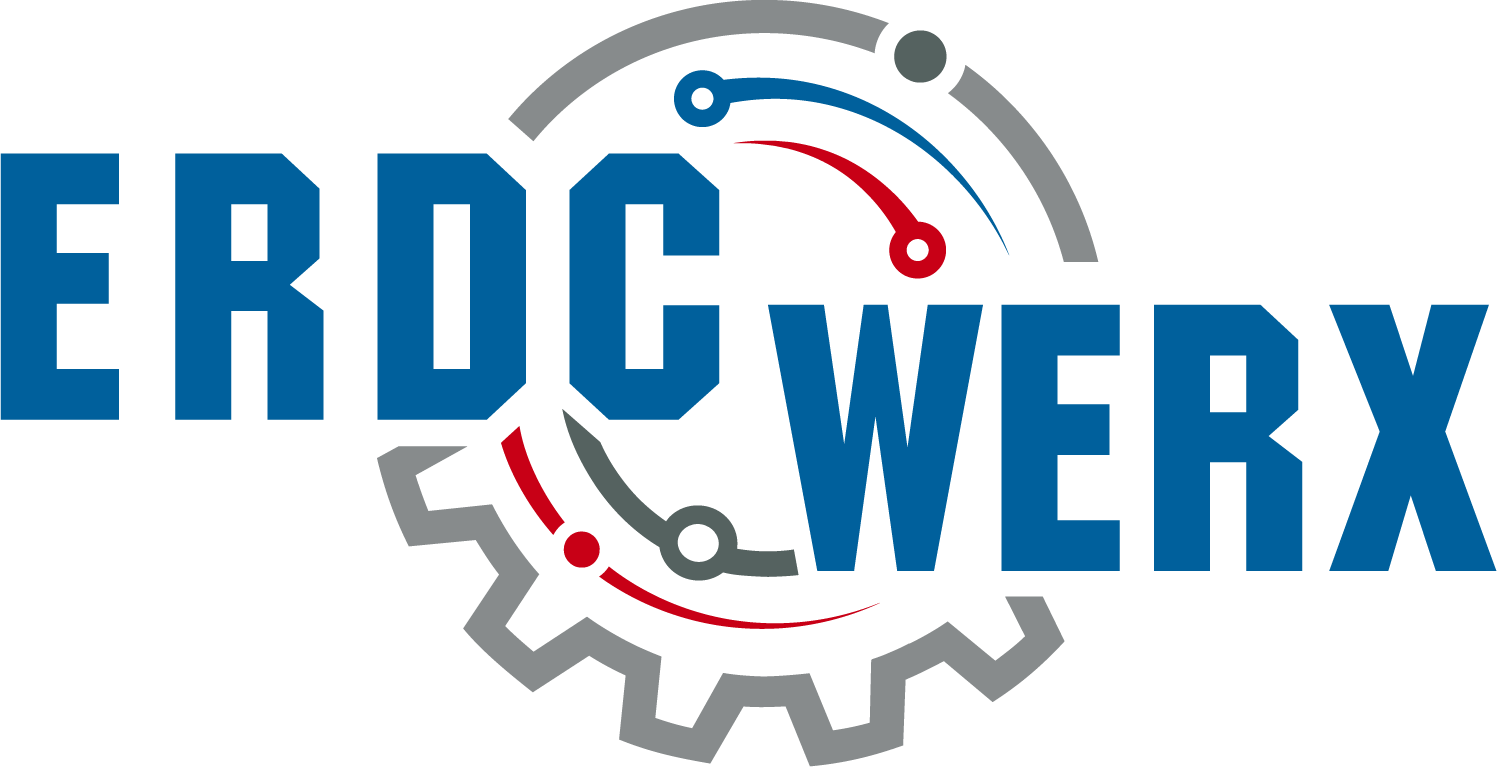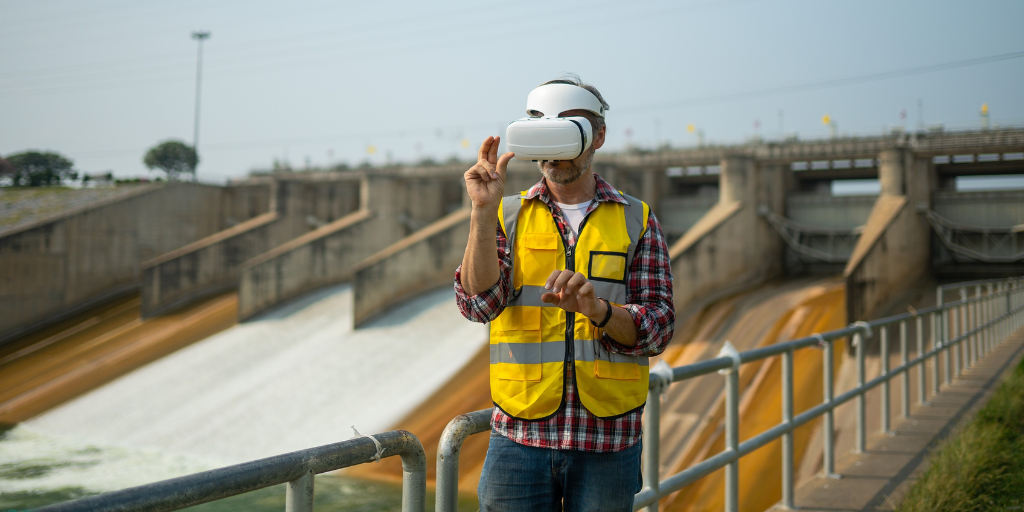Overview
ERDCWERX invites submissions regarding AR/VR Technology in Flood Risk Management Applications in support of a capability assessment by the U.S. Army Engineer Research and Development Center (ERDC).
Project Objective
The objective is to identify and understand the latest capabilities and technologies useful in applying AR/VR to the planning, operations, and maintenance of the U.S. Army Corps of Engineers (USACE) Flood Risk Management (FRM) program. AR/VR are maturing concepts that can include any number of technologies and methodologies that support a broad range of capabilities, tools, products, and solutions. The goal is to apply advanced processes to improve life safety and decision support while enhancing the efficiency and quality of planning, operations, and maintenance.
This capability assessment will assess the current market for AR/VR development and identify advanced technologies and products that may be utilized to support innovative FRM applications.
Background
The U.S Army Corps of Engineers’ R&D Strategy points to the need for smart and resilient installations and the ability to accelerate decision-making. ERDC is investigating advanced solutions in the field of AR/VR to address challenges associated with our Flood Risk Management infrastructure portfolio managed by our nationwide 43 USACE District offices. ERDC invites white papers that introduce available approaches and technologies to address various elements in these three problem statement areas.
Requirements
Proposed solutions can be an advanced idea or can build on existing technology. All potential solutions will be considered, assuming they are advanced to the point that they can be demonstrated within 60 days of submission.
The proposed solution must meet the following requirements:
1. Offer unique solutions through the development of AR/VR software applications.
2. Address at least one of the three problem statement areas.
3. Be adaptable to USACE cybersecurity requirements.
4. System shall meet a Technology Readiness Level (TRL) of 6 or higher.*
*TRL 6: A model or prototype that represents a near-desired configuration. Activities include testing in a simulated operational environment or laboratory.
The scope of this project is composed of three FRM applications:
- Enhanced Infrastructure* Maintenance Using AR/VR Principles – Focus is on the maintenance and repair of flood control infrastructure and applying AR/VR principles and tools to increase efficiency, safety, and training for maintenance and repair. Flood control structures have many maintenance and repair challenges such as advanced age, obsolete materials and parts, minimal documentation, minimal commercial expertise, and often in remote locations. Topics of interest include but are not limited to preserving institutional knowledge on structures, providing training in advance of maintenance and repair, accessing real-time, remote support during maintenance repairs, and testing new designs, materials, and methods on a specific structure in advance of using it.
- AR/VR Applications for Infrastructure* Inspection and Assistance – Focus is on assessing the condition of flood control infrastructure using AR/VR principles and applying those solutions to increase the accuracy of determining structural health and condition, quantifying remaining life, and calculating the probability of failure. Flood control structures have many inspection challenges due to age, antiquated repairs, unique designs, one-off implementations, and the non-stationarity of forcing events. Topics of interest include but are not limited to measuring, monitoring, and simulating structural loadings and responses, accessing, and inspecting inaccessible components, autonomous assessments, and real-time remote consultations.
- Model Visualization – Focus is on developing and applying AR/VR principles and tools to flood risk management models to enhance the user’s understanding of the model output. Models may include numerical, physical, and measured data, such as digital elevation models from high-resolution surveys. Topics of interest include but are not limited to conveying complicated model output and 3D data into easy-to-understand information, linking model results with the physical environment, and accessing numerical data for simulation, navigation, and training.
*USACE FRM Infrastructure includes:
- Electric and diesel pump stations
- Concrete locks and dams
- Earthen dams
- Flood gate structures (tainter gates and sector gates)
- Hydro-electric power plants
- Earthen levee systems
- Concrete and pile flood walls
Submissions should NOT include confidential or proprietary details. Submissions may be shared with other ERDC teams if an apparent fit exists with other ERDC projects.
Note: ERDC seeks to enter into non-FAR or FAR-based agreements with Industry, Academia, and National Lab partners whose solutions are favorably evaluated. As such, this project is considered competitive in the same manner as a Broad Agency Announcement (BAA) or Commercial Solutions Opening (CSO), and solutions will be evaluated independently of one another primarily for technical merit. This serves dually as notification of the intent to research the feasibility of an agreement under 10 U.S. Code, Section 2371b and/or Section 2371b(f), and as notice of pre-solicitation activities IAW FAR 5.204. The requirements of DFARS 215.371-2 do not apply to the acquisition of innovative items, technologies, or services under a CSO.
Expected Result
Phase I: ERDC will gain an understanding of the market and identify potential commercial and university partners to share advanced solutions and develop future AR/VR tools that support USACE FRM. Participants may be required to present a virtual pitch/demo to evaluate submissions. Down-selected parties will be invited to participate in Phase II.
Phase II: ERDCWERX will award a prize fund amount of $15,000 each to no more than three offerors whose solutions have been down-selected by ERDC. Receipt of prize funds from ERDCWERX will include an opportunity to conduct a physical demonstration at the U.S. Army Engineer Research and Development Center (ERDC) in Vicksburg, Mississippi, or another location of ERDC’s choice at a date and time to be established by the ERDC project team.
Evaluation Criteria
Submissions will be evaluated based on the following criteria:
- Technical Merit – Feasibility and applicability of the proposed solution
- Cost/Schedule – Preparedness and appropriateness of cost and schedule details cited
- Business Viability – Organizational capacity, years in operation, relevant specialties, and capabilities
- Technology Readiness Level – Technology Readiness Level (TRL) and availability of this solution for demonstration, if needed
Submissions will be evaluated by select ERDC project team members and USACE subject matter experts. Submissions must be formatted as prescribed in the white paper template.
Project Schedule
Project milestones include:
| August 19, 2022 | Project Announced, Submissions Open |
| September 1, 2022 | Question Period Ends |
| September 8, 2022 | Submissions Close |
| September 9-16, 2022 | Evaluation Period |
| September 21-22, 2022 | Virtual Pitch (if needed) |
| September 27, 2022 | ERDC selects participants for Phase II, ERDCWERX awards prize funds |
| Fall 2022 | Physical demonstration hosted at ERDC |
*Dates may vary to accommodate project team and participant availability.
How to Participate
1. Submit specific product details by providing a white paper (download white paper template)
2. Review FAQ
3. Complete the submission form
Questions: Interested parties may submit questions using this form until September 1, 2022.
Submission Instructions: Industry, academia, national labs, individual innovators, and other parties are invited to apply for consideration. ERDCWERX tech challenges do not require that the applicant be certified to do business with the federal government. Interested parties may submit by completing a submission form and including appropriate documentation.


